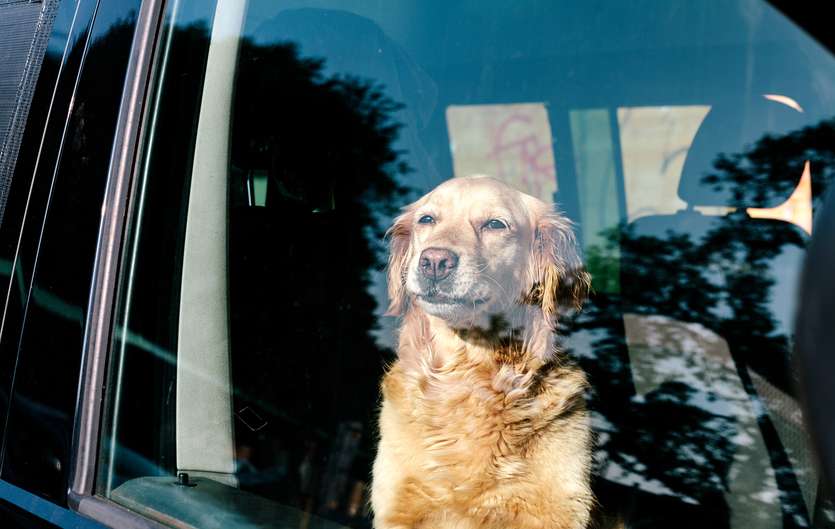Your pet loves to ride in the car.It’s become a lot easier to just put your fur-baby Bentley in the car since more hotels, restaurants and destinations are offering more pet-friendly options.Nearly 73 percent of pet owners enjoy bringing their furry companions for a car ride. It may not be as safe as you think.
Well, more than two in five admit to never restraining their pet while riding in the car, adding to driver distractions and the potential for injury or death for pets and people.It doesn’t matter whether it’s a five-hour trip or a quick run to the grocery store around the corner.If you have to brake quickly or in the event of an accident, a loose pet can be thrown around the vehicle.Look at it this way: “A 10-pound dog involved in a crash at only 30 mph becomes a 300-pound projectile, while an unrestrained 80-pound dog will exert approximately 2,400 pounds of force,” said Amy Stracke, managing director, Traffic Safety Advocacy, AAA –
The Auto Club Group.Most pet-loving drivers admit to taking risks such as petting their animal; allowing their pet to sit in their lap; allowing their pet to freely move from seat to seat; or taking a photo of their pet while driving.AAA advises people to use a pet restraint. They may not like it, but it’s better safe than sorry for both of you.Here are a few tips:For safety reasons, pets should be confined to the back seat, either in a carrier or a harness attached to the car’s seat belt. This will prevent distractions as well as protect the animal and other passengers in the event of a collision.Never allow your pet to ride in the bed of a pickup truck. It’s illegal in some states; the pet also can jump out or be thrown out of the truck bed. Harnessing or leashing it to the truck bed is not advisable either: if it tries to jump out, the pet could be dragged along the road or the restraint could become a noose.Don’t let your dog stick its head out the window, no matter how enjoyable it seems. Road debris and other flying objects can injure delicate eyes and ears.Drivers should stop every two hours to stretch and take a quick break. Also make regular stops to give your dog water and let it relieve itself.Never leave an animal in a parked car, even if the windows are partially open. Even on pleasant days the temperature inside a car can soar to well over 100 degrees Fahrenheit in less than 10 minutes, placing your pet at risk for heatstroke and possibly death. On very cold days, hypothermia is a risk.
Source: Driving with your pet? Here’s how to make sure he’s safe | www.ajc.com



